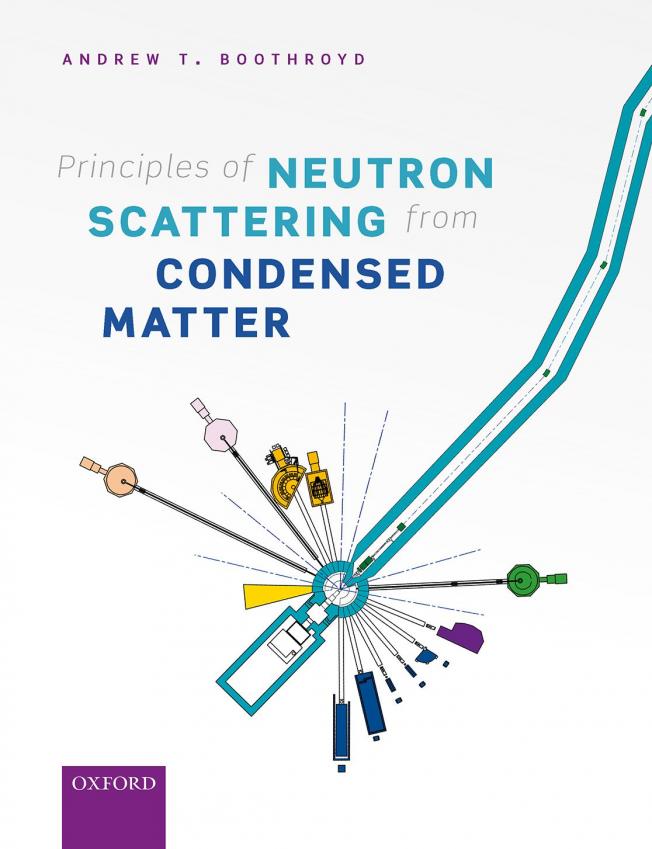Circularly polarized x-ray scattering investigation of spin-lattice coupling in TbMnO3 in crossed electric and magnetic fields
Physical Review B - Condensed Matter and Materials Physics 88:21 (2013)
Abstract:
We present a study of the magnetic and crystallographic structure of TbMnO3 in the presence of crossed electric and magnetic fields using circularly polarized x-ray nonresonant scattering. A comprehensive account is presented of the scattering theory and data analysis methods used in our earlier studies, and in addition we present interesting high magnetic field data and its analysis. We discuss in detail how polarization analysis was used to reveal structural information, including the arrangement of Tb moments which we proposed for H=0 T, and how the diffraction data for HCircularly Polarised X-ray Scattering Investigation of Spin-Lattice Coupling in TbMnO$_3$ in Crossed Electric and Magnetic Fields
(2013)
A ferroelectric-like structural transition in a metal
Nature Materials 12:11 (2013) 1024-1027
Abstract:
Metals cannot exhibit ferroelectricity because static internal electric fields are screened by conduction electrons, but in 1965, Anderson and Blount predicted the possibility of a ferroelectric metal, in which a ferroelectric-like structural transition occurs in the metallic state. Up to now, no clear example of such a material has been identified. Here we report on a centrosymmetric () to non-centrosymmetric (R3c) transition in metallic LiOsO 3 that is structurally equivalent to the ferroelectric transition of LiNbO 3 (ref.). The transition involves a continuous shift in the mean position of Li + ions on cooling below 140 K. Its discovery realizes the scenario described in ref., and establishes a new class of materials whose properties may differ from those of normal metals. © 2013 Macmillan Publishers Limited. All rights reserved.Coupling of magnetic order to planar Bi electrons in the anisotropic Dirac metals AMnBi2 (A = Sr, Ca)
(2013)
Suppression of thermal conductivity by rattling modes in thermoelectric sodium cobaltate
Nature Materials 12:11 (2013) 1028-1032


